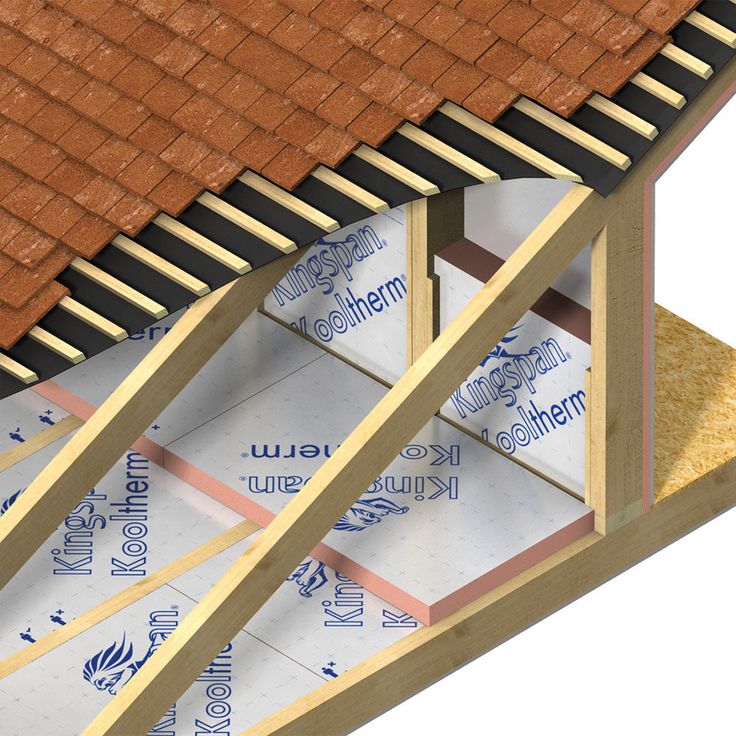When it comes to home comfort and energy efficiency, roof insulation plays a crucial role that often goes overlooked. Properly insulating your roof not only enhances your living space but also reduces energy costs, maintains optimal temperatures, and protects your home’s structural integrity roof insulation. This guide will explore the benefits of roof insulation and provide valuable installation tips to ensure you achieve the best results.

Benefits of Roof Insulation
1. Energy Efficiency
One of the primary benefits of roof insulation is its ability to improve energy efficiency. Insulation acts as a barrier against heat loss in winter and heat gain in summer, which can significantly lower your heating and cooling costs. According to the U.S. Department of Energy, properly insulated roofs can reduce energy consumption by up to 30%.
2. Improved Comfort
Proper insulation helps maintain a consistent indoor temperature, reducing the need for excessive heating or cooling. This not only enhances comfort but also contributes to a healthier living environment. Homeowners will notice fewer drafts and more stable temperatures throughout the year.
3. Soundproofing
Insulation materials can also provide soundproofing benefits, absorbing noise from outside. This is particularly beneficial for homes located in busy areas or near highways, allowing for a quieter and more peaceful indoor environment.
4. Environmental Impact
By improving energy efficiency, roof insulation reduces your carbon footprint. Lower energy consumption means less reliance on fossil fuels, contributing to a healthier planet. Many insulation materials are also made from recycled or sustainable materials, further minimizing environmental impact.
5. Increased Property Value
A well-insulated home is an attractive feature for potential buyers. Energy efficiency is a growing concern among homebuyers, and homes with effective insulation can command higher resale values.
Types of Roof Insulation
Before diving into installation, it’s essential to understand the various types of roof insulation available:
- Fiberglass Insulation: One of the most common types, fiberglass insulation is made of fine glass fibers and is available in batts, rolls, and loose-fill. It’s non-combustible, moisture-resistant, and offers excellent thermal performance.
- Foam Board Insulation: This rigid insulation material is effective for both thermal insulation and moisture resistance. It’s commonly used in flat roofs and can be cut to fit any space.
- Spray Foam Insulation: A versatile option, spray foam insulation expands upon application, filling gaps and creating an airtight seal. It’s ideal for irregularly shaped areas and provides excellent thermal performance.
- Cellulose Insulation: Made from recycled paper products, cellulose is an eco-friendly option. It’s treated for fire resistance and can be blown into attics or roof spaces for maximum coverage.
Installation Tips for Roof Insulation
1. Assess Your Current Insulation
Before installing new insulation, evaluate your existing insulation. Check for signs of damage, moisture, or pest infestation. This assessment will help you determine if you need to remove old insulation or if it can remain in place.
2. Choose the Right Insulation Material
Select an insulation material that suits your specific needs, budget, and roof type. Consider factors such as R-value (thermal resistance), installation method, and environmental impact.
3. Follow Local Building Codes
Ensure that your insulation project complies with local building codes and regulations. These codes often dictate the minimum insulation levels required for energy efficiency and safety.
4. Prepare the Area
Clear the work area of any debris and remove any old insulation if necessary. Ensure that any existing ventilation is functioning correctly, as proper ventilation is essential for preventing moisture buildup and ensuring insulation effectiveness.
5. Use Safety Gear
When handling insulation materials, wear appropriate safety gear, including gloves, goggles, and a mask, to protect against irritation and inhalation of particles.
6. Seal Air Leaks
Before installing new insulation, seal any air leaks in your roof, such as gaps around vents, chimneys, and plumbing. Use caulk or expanding foam to ensure a tight seal, maximizing the effectiveness of your insulation.
7. Install Insulation Correctly
Follow the manufacturer’s instructions for installation. For batts or rolls, ensure they fit snugly between the joists without compression. For spray foam or loose-fill insulation, ensure even coverage for optimal performance.
8. Consider Professional Help
If you’re uncertain about the installation process or if your roof has unique challenges, consider hiring a professional insulation contractor. They have the experience and tools necessary to ensure a proper and efficient installation.
Conclusion
Investing in roof insulation is a wise decision for any homeowner looking to enhance energy efficiency, improve comfort, and protect their property. By understanding the benefits and following proper installation techniques, you can create a more sustainable and comfortable living environment. Whether you choose to tackle the project yourself or enlist professional help, the payoff in terms of energy savings and comfort will be well worth the effort.